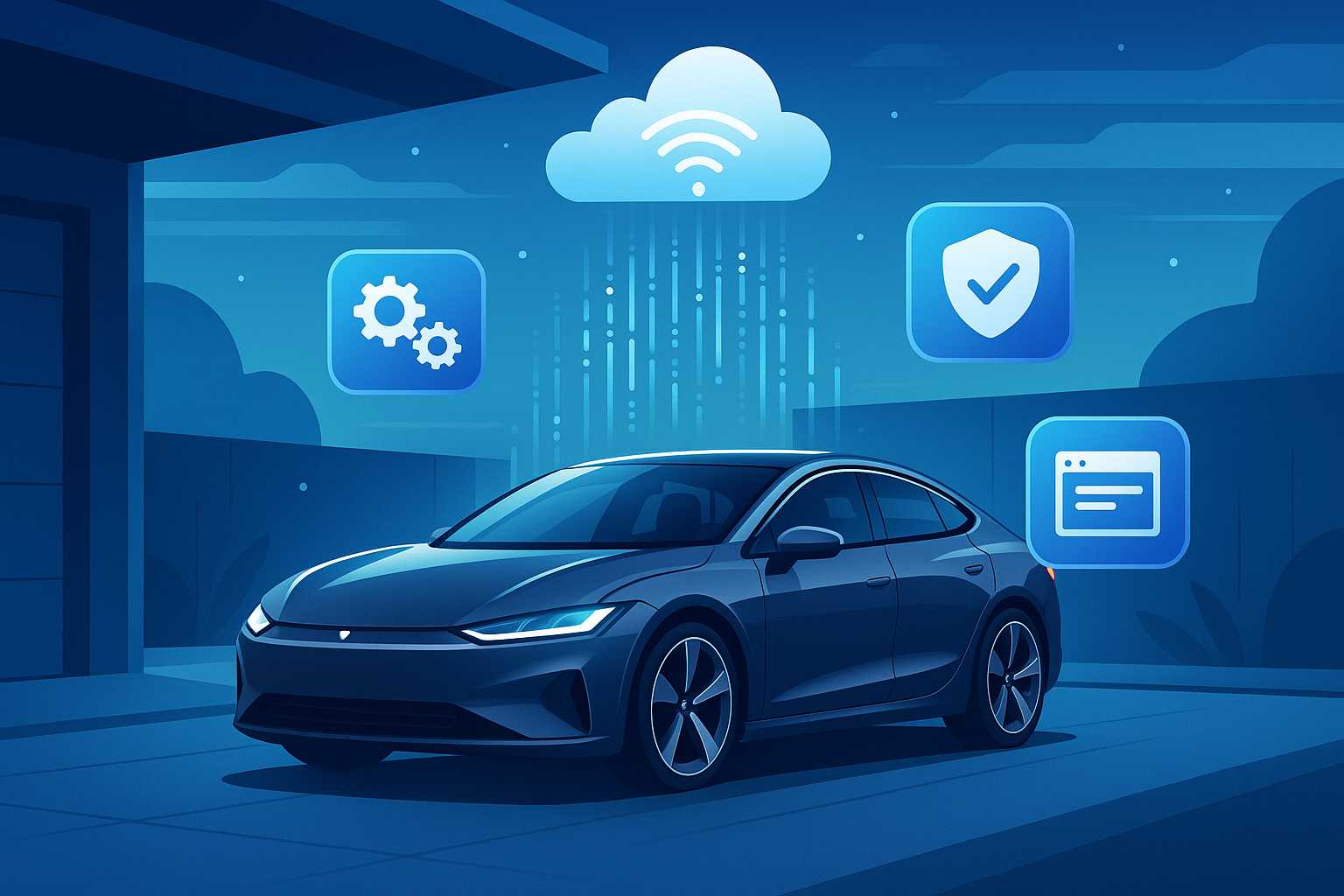The automotive industry is traditionally known for its once-every-few-years model updates and the periodic trip to the dealership for scheduled maintenance or recalls. However, a quiet revolution is underway, fundamentally changing the way vehicles evolve after they leave the factory: over-the-air (OTA) updates.
*What Are Over-the-Air Updates?*
At their core, OTA updates enable automakers to wirelessly upgrade a car’s software — everything from adding new features to patching security vulnerabilities — much like your smartphone. Tesla famously pioneered this approach, but now established giants like Ford, Volkswagen, and Mercedes-Benz are embracing OTA to keep their vehicles up-to-date and competitive.
*The Benefits for Drivers*
- Constant Improvement: No longer do car features remain static with purchase. Automakers can roll out performance enhancements, new infotainment options, or refined driver assistance functions without requiring a visit to the dealer.
- Enhanced Security: Cybersecurity is a growing concern for modern vehicles. OTA enables rapid patching of vulnerabilities, addressing threats before they become widespread problems.
- Reduced Ownership Hassle: Simple software-based recalls or fixes can be implemented seamlessly overnight, boosting convenience and reducing downtime for drivers.
*Transforming Car Ownership and Manufacturers*
For drivers, OTA updates mean their cars can become more capable and more secure over time. For manufacturers, it opens new business models, such as subscription-based features (think heated seats or advanced navigation) or even activating hardware that was previously dormant.
This shift does raise questions about data privacy, subscription fatigue, and potential over-reliance on connectivity. Still, the direction is clear: the lines between car, computer, and service provider are blurring.
As automakers invest in ever more advanced connected ecosystems, OTA updates are fast becoming a defining feature — and expectation — of modern car ownership. The days of seeing your car as a static purchase are coming to an end. The vehicle of the future is one that evolves, adapting to both your needs and the world around it.
— Lex


Leave a Reply